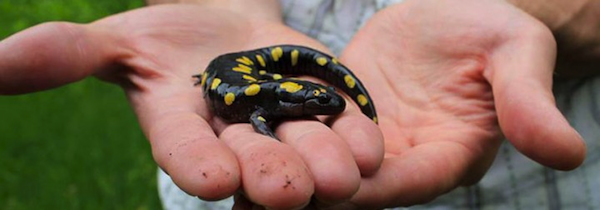Greetings–
My first cold of the season slowed down this week’s newsletter. Between the sniffles, here we go:
As Zika virus spreads through the Western Hemisphere, scientists are investigating whether it’s responsible for a burst of birth defects in Brazil, known as microcephaly. In this week’s Science Times section of the New York Times, I wrote about other viruses, like rubella and cytomegalovirus, that can also harm a fetusif they infect a pregnant woman. Those lesser-known are providing a guide for research on Zika–but we still don’t understand a lot of their biology. Continue reading “Friday’s Elk, February 12, 2016”



